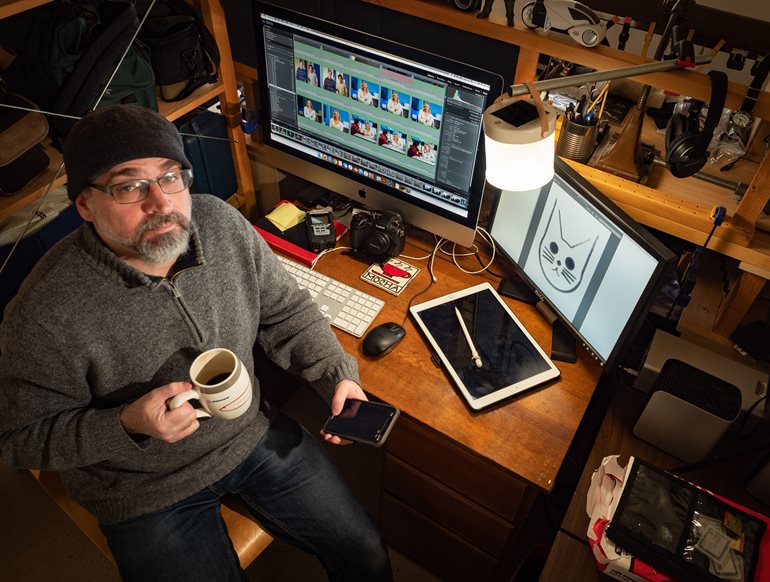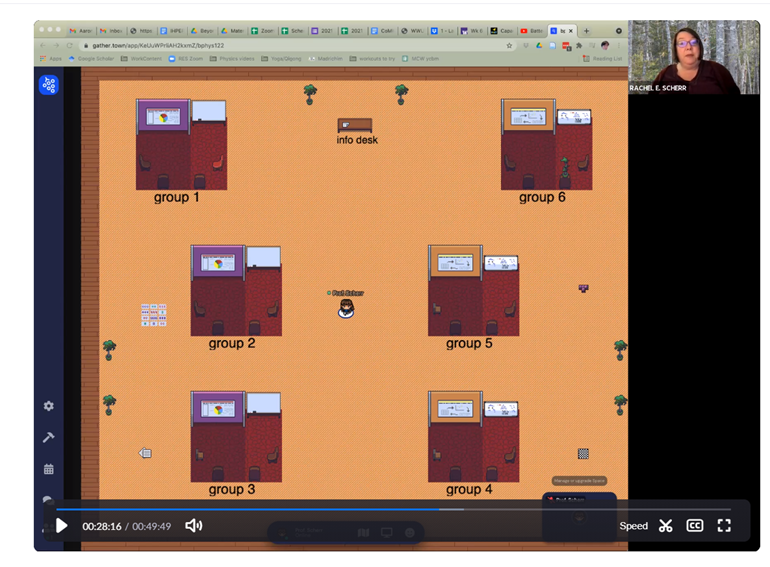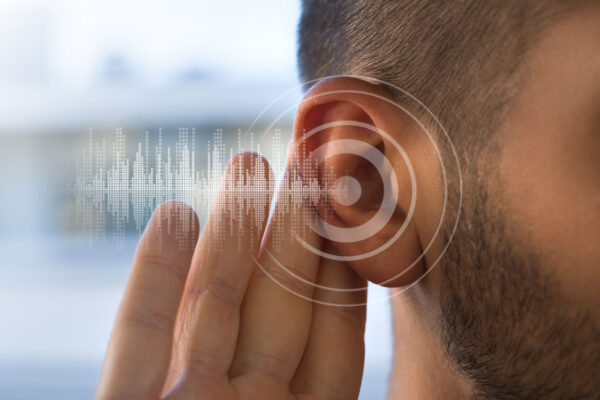After the chaos of spring 2020, “faculty were desperate not to repeat the experience of spring quarter,” said Dr. Penelope Moon, director of digital learning & engagement at UW Bothell. “Teaching remotely is not the same as teaching online.”
Moon has been leading the team that was charged with helping faculty become more proficient in online teaching.
In June 2020, the Digital Learning & Engagement team launched “Teaching Online 101.” The first offering attracted 107 participants from UW Bothell. By August, the course was offered again to more than 300 faculty from all three UW campuses. As of July 2021, the course had enrolled more than 800 people across the UW, with another 50 enrolled this month.
Before the pandemic, said Moon, conversations about online teaching were typically about asynchronous learning, which refers to courses in which students engage each other and complete assignments outside of real-time sessions.
“One of the ways the pandemic complicated things is that it shifted the conversation around online learning.” she said. “Many faculty did not have time to develop the skills needed to teach asynchronously, so ‘online’ came to include more than asynchronous instruction.
“Our job is to help faculty approach online teaching in an intentional way using intentional design. It’s about thinking about the needs of the online learner from the beginning and then choosing pedagogies and design strategies to meet those needs.”
Film it fast
“Extracting DNA is a show-don’t-tell aesthetic,” said Marc Studer, electronic media producer for Digital Learning & Engagement.
Studer was classified as essential personnel a few weeks into the pandemic when it became clear that STEM faculty would need to film their experiments for students to replicate. At the height of the pandemic, Studer was doing two videos per week.

Marc Studer
The frenetic pace meant some techniques had to be refined to save time. “At the first video, we brought all our equipment. On the second video, we left our big lights behind. Also thrown overboard were fancy graphics, sequences and animation.”
Studer and Moon shared their lessons learned on video production during a pandemic in the April 28 issue of Educause. In that piece, Studer wrote: “The changing conditions and constraints I encountered during COVID-19 empowered me, in a way, to reevaluate assumptions and long-held practices and emerge from the crisis with a process that is more streamlined, flexible, scalable and iterative.”
As he learned, “quantity has a quality all its own.”
Studer also credits the STEM faculty for being highly skilled educators who can teach on camera. “It’s been an awesome chance to learn new stuff,” Studer said. “You learn your craft by doing your craft.”
And with ever more new technologies on the horizon, he said, the future of is going to be “even more exciting.”
Meet me online
Over in Gathertown, students are assembling at tables for a virtual study hall. They work together on assignments and chat with the professors when they wander over to connect with them.
Gathertown is a digital tool used by Dr. Rachel Scherr, assistant professor of physics, and Dr. Matthew Gliboff, assistant teaching professor of physics.

Gathertown, an online classroom
Scherr and Gliboff co-taught introductory physics on campus in autumn 2020. When the pandemic struck, they made the decision to move to an asynchronous format. “That’s really helpful for accessibility,” said Gliboff. “It meant students could navigate around work and family responsibilities and every other challenge … because it was 2020.”
Working with Todd Conaway, instructional designer, they evaluated various tools. They also tried the usual tactics, with varying degrees of success. “Staring at a computer doesn’t work,” Gliboff said. “Breakout rooms just turned into break time.”
Added Scherr, “Most students don’t enjoy a Zoom class with 100 people.”
Ways to connect
The team found ways to incorporate some synchronous channels such as Gathertown, where students could choose to attend and collaborate. Students rated their experience with Gathertown as one of their favorite elements of the course.
They also used public videos to incorporate into coursework, along with videos that had been previously recorded by other physics faculty. And they incorporated Ed discussion, a threaded discussion board that includes tools for posing questions and sharing information.
“We only mandated a certain amount of involvement, so students had the ability to collaborate through whatever channels were best for them,” said Gliboff.
Scherr said the remote learning experiences from the last year are helpful to both faculty and students. “One of the possible benefits of a year like this is that we are now going to teach this course in a hybrid format, and I think students know what that is now,” said Scherr.
Both faculty say they are looking forward to seeing students on campus again, even if it is just part time. “There’s a lot I really enjoy (about teaching online), but I don’t like teaching people I don’t know. I don’t like teaching little black squares … that just really saps my teaching energy,” said Scherr.
Unfortunately, Gliboff said, “there’s a whole graduating class of physics majors that I’ve never met.”
In autumn quarter, he and Scherr plan to teach using a hybrid format. “It’s secretly not that different from what we were doing before, except I think students will be more willingly engaged with the content,” Scherr said. “But I think there are things that we did last year that are really worth keeping and worth continuing to offer to students as an option.”


